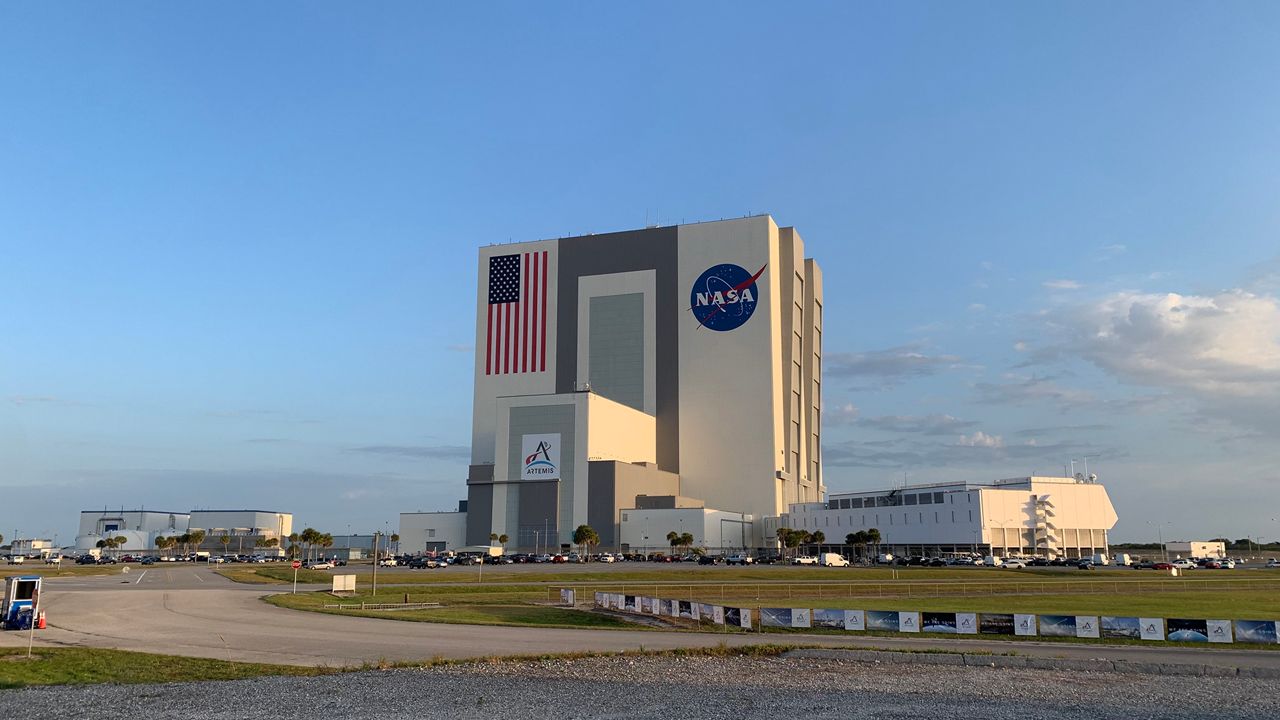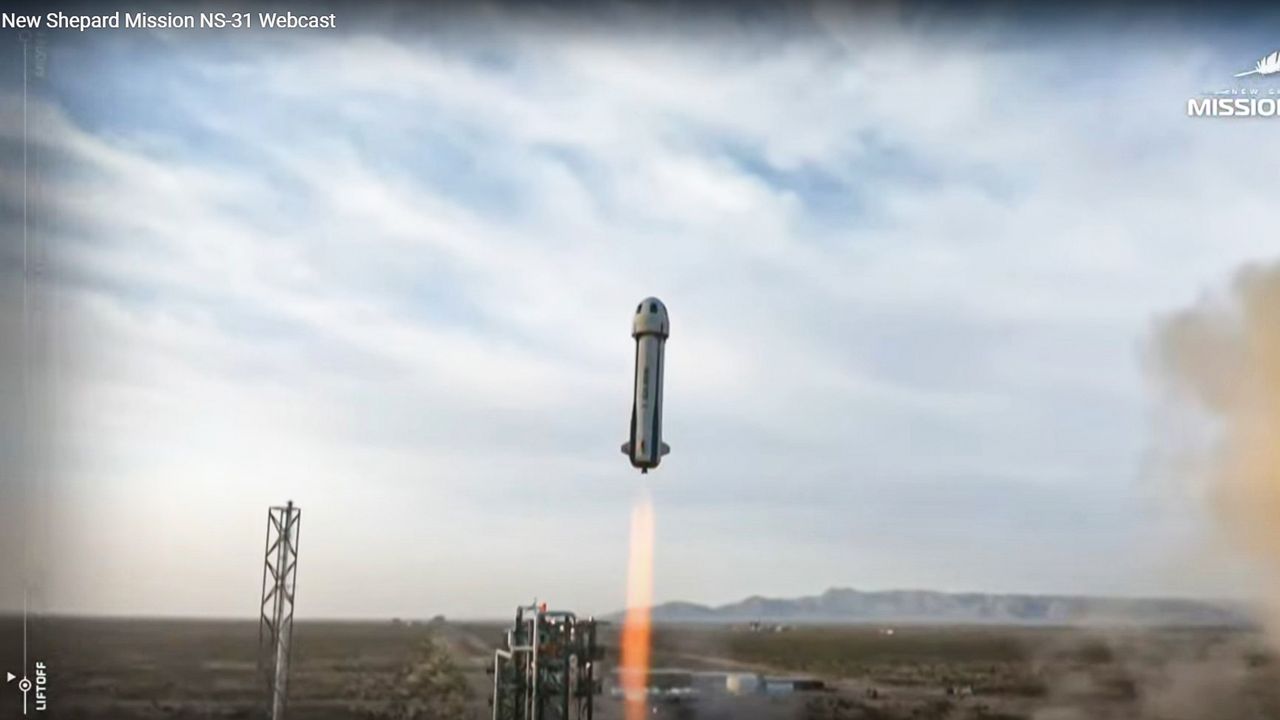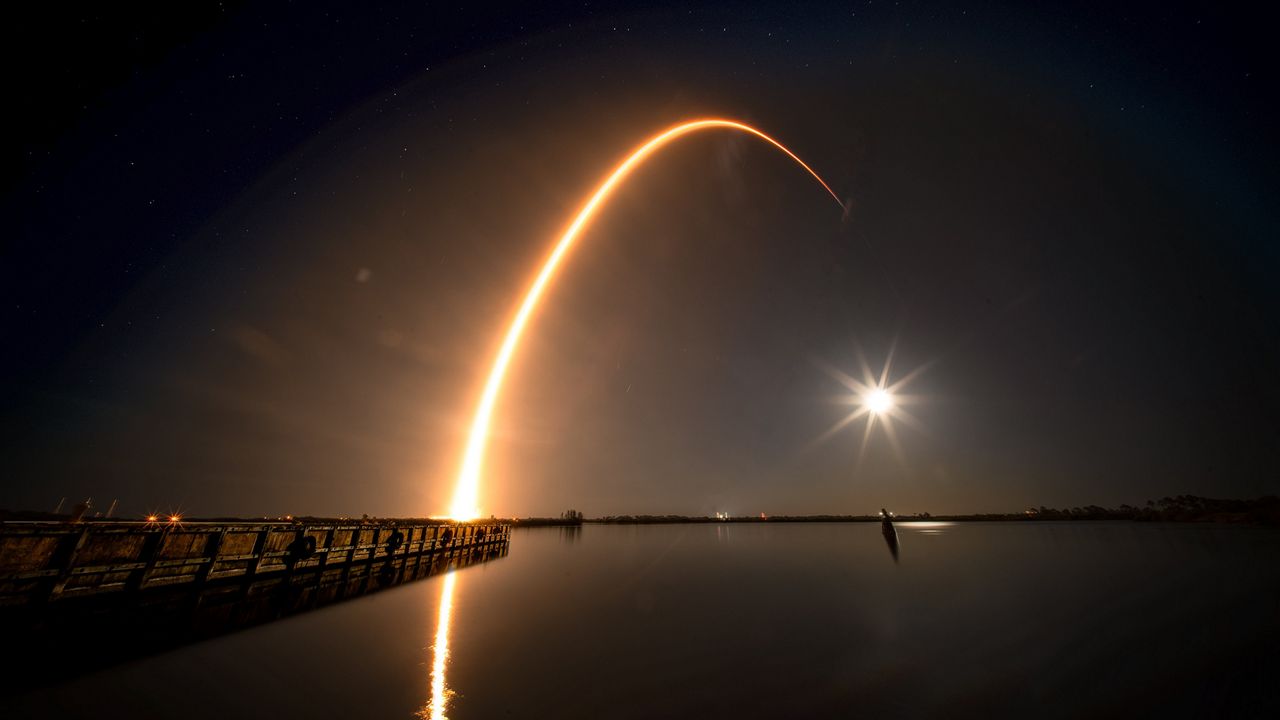KENNEDY SPACE CENTER, Fla. — Charlie Bolden vividly remembers the first time he was strapped into the front seat of space shuttle Columbia.
What You Need To Know
- Charles Bolden was NASA's 12th administrator
- He oversaw the end of the space shuttle program and birth of the commercial space program
- Former Sen. Bill Nelson is President Biden's nominee to be the 14th NASA administrator
It was January 12, 1986. Bolden and the seven-person crew of the shuttle were sitting on top of more than 256,000 pounds of fuel, thrust, and payload.
“You’re just shaking and rattling all over the place and you can feel yourself sink back in your seat,” Bolden said.
Bolden, a retired U.S. Marine Corps major general, spent 28 days in space over four missions.
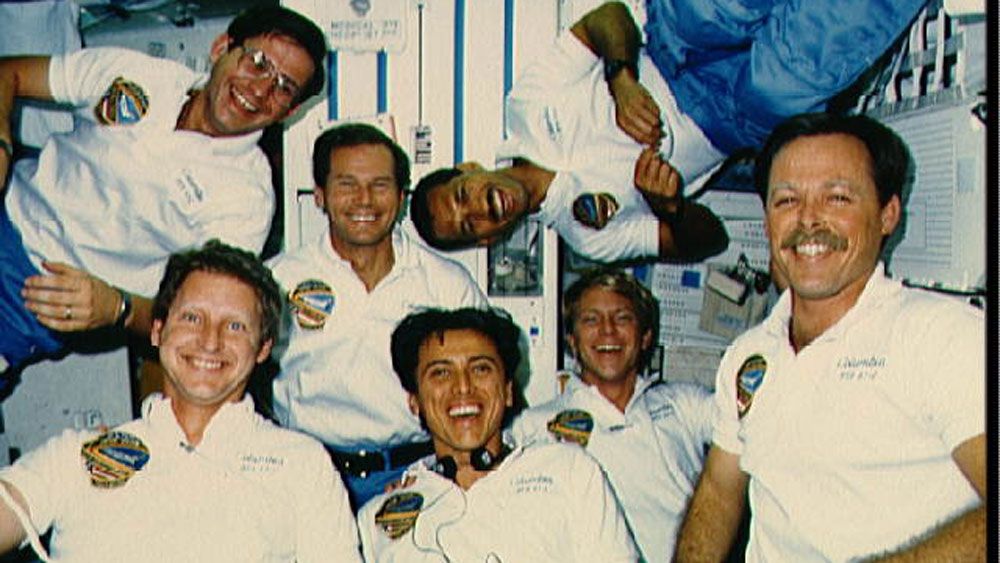
No mission, however, compared to the one he’d face after his astronaut career: serving as the first black NASA administrator.
Nominated by President Barack Obama, Bolden served as the agency’s 12th administrator, from July 17, 2009 to January 20, 2017.
Florida’s former senator and Bolden’s close friend, Bill Nelson, is poised to become the 14th administrator of NASA. Pending U.S. Senate confirmation, Nelson would become the second crew member of STS-61C to fill the role full time.
The White House on Friday nominated former NASA astronaut Pam Melroy to serve as the agency’s deputy administrator. She's one of only two women to command a space shuttle.
The Senate Committee on Commerce, Science and Transportation is expected to hold Nelson's confirmation hearing on Wednesday, April 21.
Bolden says he has no advice for Nelson, since Nelson was on the committee during Bolden's confirmation hearing.
The role of NASA administrator
“Simply put, the administrator’s job is to provide top cover for the 18,000-plus employees in the agency and let them do their work,” Bolden said.
The administrator’s greatest challenge is balancing the work of space, science and politics.
“It expanded quite a bit, particularly during my 10 years in the Obama administration, as we reached out under the direction of the president to expand the number of nontraditional partners we had, and also to facilitate the success of commercial companies as partners,” Bolden said.
The politics of the job often comes down to money.
Funded by Congress, administrators have to sell the agency’s needs in hopes of getting funding.
President Joe Biden’s most recent budget proposal includes a $1.5 billion increase for NASA compared with last year.
“This $24.7 billion funding request demonstrates the Biden Administration’s commitment to NASA and its partners who have worked so hard this past year under difficult circumstances and achieved unprecedented success,” NASA’s Acting Administrator Steve Jurczyk said.
The White House’s budget proposal includes $7 billion for moon missions, including the Artemis program. Established in 2017 under the Trump administration and then NASA Administrator Jim Bridenstine, the Artemis program aims to land the first woman and next man on the moon by 2024.
It takes not just money but thousands of engineers, scientists, and other support staff to make the missions a reality.
The administrator relies on that team to get projects from concept to space, while keeping the work on pace.
“It’s much easier said than done,” Bolden said.
Administrators must also face tragedy and challenges in leading the nation’s space and science agency.
Changing times for space
Appointed by President Obama, it was Bolden’s task to oversee President George W. Bush’s directive to end the shuttle program.
“There was no question we needed to phase the shuttle out,” Bolden said. “I really believe if we’re going to go back to the moon and on to Mars, the shuttle was not the right vehicle for that.”
The moon, Mars and beyond are for NASA not just ideas, but now missions in motion.
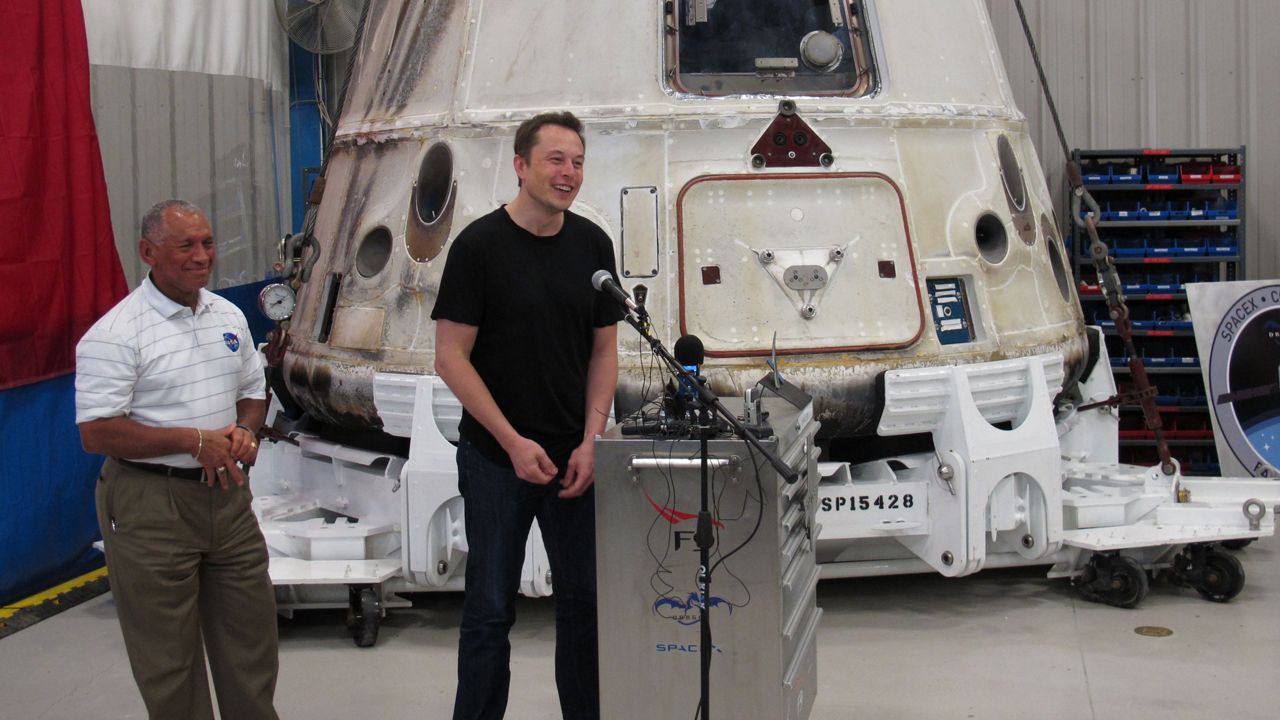
In September 2014, Bolden announced plans to develop programs and relationships for commercial space activity.
“Today we’re one step closer to launching our astronauts from U.S. soil on American spacecraft and ending the nation’s sole reliance on Russia by 2017,” Bolden said at the time.
This effort helped launch commercial space services, which today include efforts funding by SpaceX, Boeing, Blue Origin and others.
SpaceX is leading missions returning Americans to space and one day to Mars.
“I went from being a healthy skeptic to being a No. 1 cheerleader,” Bolden said about his thoughts on commercializing space operations.
It’s a new chapter, with new challenges and successes that will be carried on from one administrator to the next.
“The vision now is as bright as it’s ever been,” said then-NASA chief Bridenstine in November 2020. “We are one step by one step accomplishing what we need to do to lead again in space and it’s not just rhetoric.”
Bridenstine, unlike some of his predecessors, came into the top job at NASA not with a space background, but politics. During his tenure, Bridenstine oversaw the rapid acceleration of commercial space operations, and reestablishing missions focusing on the moon and Mars.
WATCH: The moon, Mars and more
Is there life out there? How can NASA grow kids’ interest in space? How can the agency expand diversity within its ranks?
Watch the expanded conversation with former NASA Administrator Charlie Bolden.






